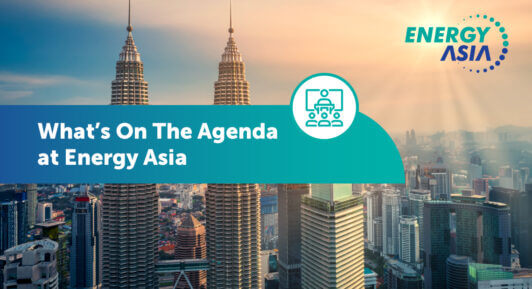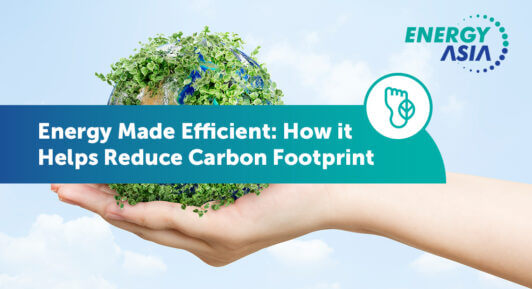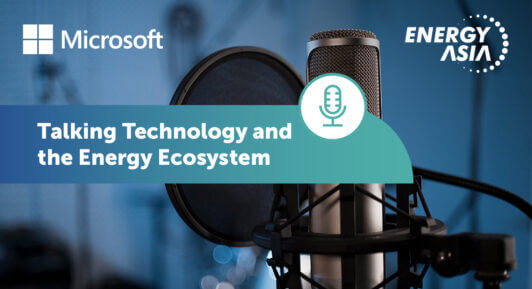Driving Asia’s Sustainability with Innovative Storage Solutions
In Asia’s bustling cities and serene landscapes, a new energy revolution is taking shape. As the demand for electricity soars—with demand projected to reach ~2, 500 terawatt-hours (TWh) by 2025—governments are turning to renewable energy sources to sustainably power their nations. However, the intermittent nature of renewables poses a significant challenge, raising the question of how to store and utilise this power efficiently. The answer to this lies in renewable energy storage technologies that offer cutting-edge solutions to unlock the full potential of Asia’s renewable energy resources.
Renewable energy storage technologies have become the cornerstone of a clean energy revolution, harnessing the power of nature to energise our cities, industries, and homes. These innovative technologies encompass a myriad of storage options such as batteries, pumped hydroelectricity, thermal energy storage, and more. Across Asia, governments are making significant investments and prioritising energy storage initiatives to propel the continent towards a greener future.
Charging Ahead with Battery Storage Technologies
The journey to a lower-carbon future Asia starts with battery energy storage technology, which is estimated to have reached ~USD 20 billion in global investments. Battery storage technologies have gained significant momentum in Asia, revolutionising the way renewable energy is harnessed and utilised. It even has the potential to become the region’s secret weapon in ensuring a consistent power supply when generation falls.
With batteries, countries in Asia can embrace the clean energy revolution with unwavering confidence, knowing that nature will continue to power the region even amidst uncertain weather conditions. Investing in battery storage for renewable energy brings the APAC region one step closer to achieving a net-zero landscape — which will require ~10,000 gigawatt-hours (GWh) of batteries and other forms of energy storage by 2040. Countries, like Thailand and China, have already begun to embark on this journey of improving their battery storage technologies.
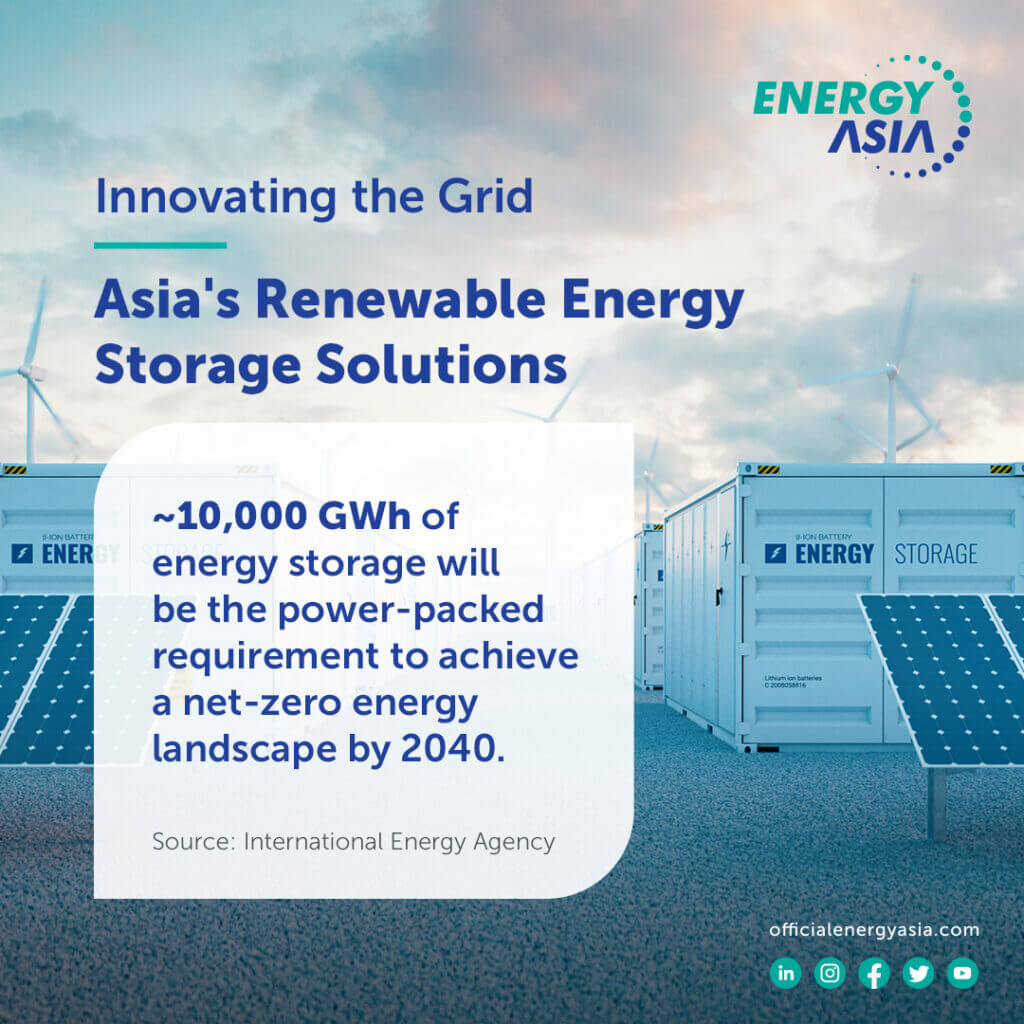
In Thailand, the Electricity Generating Authority of Thailand, a government-owned utility responsible for power generation and transmission, is currently conducting trials for three battery energy storage systems. One of these installations is situated next to a solar project in Mae Hong Son Province and aims to enhance the stability of the power supply in the region. While, the other two installations are located at substations in Chaiyaphum Province and Lopburi Province, where there is a significant amount of renewable energy generation. In these locations, the batteries will play a crucial role in firming up renewable energy sources and facilitating energy shifting, ultimately optimising their utilisation.
Meanwhile, China is producing the world’s largest vanadium redox flow battery, which has a capacity of 100 megawatts (MW) and a storage volume of 400 megawatt hours (MWh). This project is expected to lower the peak load on the grid in Dalian City, improving power generation with the potential of connecting renewable energy sources to the grid at a provincial level.
Asia as a Reservoir of Change
Apart from growing battery storage capacity, countries across the APAC region have also been looking into pumped hydro storage. This renewable energy storage technology has gained traction throughout the region and is expected to contribute about 6,000 GWh of hydropower storage by 2026. With its ability to harness the power of gravity and water, pumped hydro storage facilities are towering symbols of sustainable energy progress in Asia.
First Gen Hydro Power, a prominent renewable energy provider in the Philippines, has invested a sum of ~USD 125 million towards the establishment of a hydro storage facility. This project, known as the Aya pumped hydro storage, aims to achieve a substantial capacity of 120 MW and is situated in Pantabangan with the ability to store eight consecutive hours of energy. This endeavour marks the second pumped hydro storage venture in the nation, following the establishment of the Kalayaan I and II complex back in 1982, which possess an even greater capacity of 728 MW.
Indonesia is also making strides in the nation’s efforts to increase its renewable energy storage technologies. Indonesia’s first pumped storage hydropower plant will be situated between Jarkata and Bandung and will have an estimated capacity of 1,040 MW. The power plant will have substantial electricity generation capabilities in order to fulfil high-demand periods, while also offering ample storage capacity to facilitate greater integration of renewable energy sources. Given its proximity to two major demand hubs, the facility will reduce the strain on the grid caused by escalating transmission loads, ultimately providing the people in Java and Bali with a greener and more dependable electricity supply.
Sustainable Storage for a Brighter Future
As this transformative wave sweeps across the region, Asia stands to reap numerous benefits that extend far beyond the realm of clean power. With improvements in efforts and the efficiency of renewable energy storage technologies, countries in the APAC region are able to chart a pathway to environmental stewardship.
From an economic standpoint, renewable energy storage technologies fuel innovation and unlock new opportunities for job creation and economic growth. The manufacturing and deployment of energy storage systems will become booming sectors that will attract foreign investments, allowing Asia to position itself at the forefront of the green economy — exporting knowledge, products, and services to a world hungry for sustainable solutions.
The adoption of renewable energy storage technologies also bolsters Asia’s electrification rate as it bridges the gap between intermittent renewable sources and the constant demand for electricity. By extending the reach of electricity beyond the confines of conventional grids, renewable energy storage technologies empower Asia’s electrification drive, ensuring that every corner of the continent has access to sustainable energy and power at all times.
Asia’s Redefining Energy Independence
With each technological stride, Asia paves the way for a sustainable future where renewable energy storage technologies weave a story of transformation and promise the rewards of energy independence, grid resilience, environmental sustainability, economic prosperity, and social equity. Through these efforts, Asia is one step closer to achieving its net-zero goals and paving the way for cleaner and greener energy consumption and generation.
Connect with us at Energy Asia 2023 to learn more about Asia’s net-zero journey!

